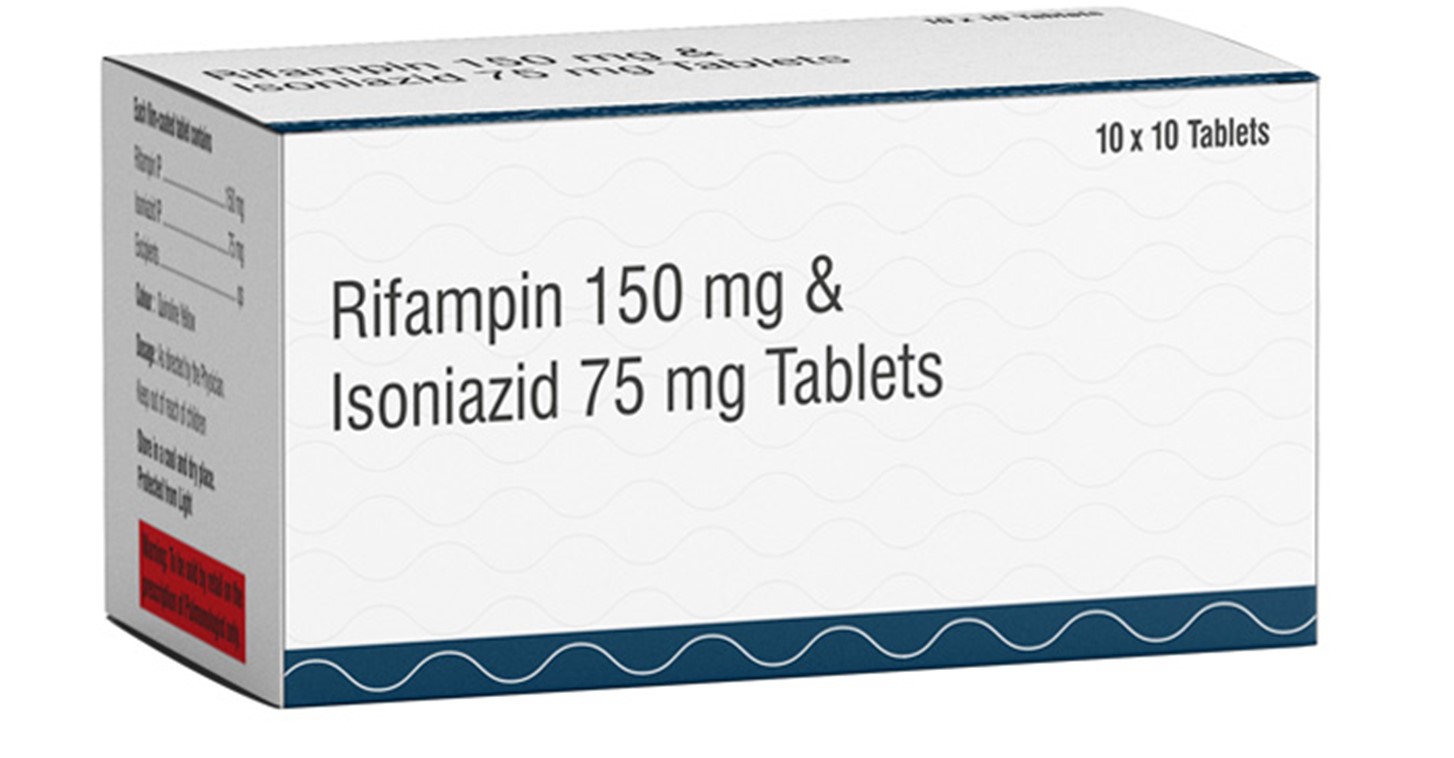An adult exposed to tuberculosis is scheduled to begin prophylactic treatment with isoniazid. Which information is most important for the nurse to note before administering the initial dose?
Conversion of the client's PPD test from negative to positive
History of intravenous drug abuse
Current diagnosis of hepatitis B
Length of time of the exposure to tuberculosis
The Correct Answer is C
Choice A: Conversion of the client's PPD test from negative to positive is not the most important information for the nurse to note, as this is an expected finding for a client who has been exposed to tuberculosis and does not affect the administration of isoniazid. This is a distractor choice.
Choice B: History of intravenous drug abuse is not the most important information for the nurse to note, as this is not directly related to the use of isoniazid and does not contraindicate its administration. This is another distractor choice.
Choice C: Current diagnosis of hepatitis B is the most important information for the nurse to note, as this can increase the risk of hepatotoxicity and liver damage from isoniazid, which requires close monitoring and possible dose adjustment. Therefore, this is the correct choice.
Choice D: Length of time of the exposure to tuberculosis is not the most important information for the nurse to note, as this does not influence the dosage or frequency of isoniazid and does not indicate any complication or adverse reaction. This is another distractor choice.

Nursing Test Bank
Naxlex Comprehensive Predictor Exams
Related Questions
Correct Answer is ["A","D","E"]
Explanation
Choice A: Obtaining postoperative vital signs for a client one day following unilateral knee arthroplasty is a nursing action that the nurse can assign to the PN, as this is a basic skill that does not require complex judgment or intervention by the registered nurse. Therefore, this is a correct choice.
Choice B: Starting the second blood transfusion for a client twelve hours following a below knee amputation is not a nursing action that the nurse should assign to the PN, as this is an advanced skill that requires close monitoring and evaluation by the registered nurse. This is an incorrect choice.
Choice C: Initiating patient controlled analgesia (PCA. pumps for two clients immediately postoperatively is not a nursing action that the nurse should assign to the PN, as this involves administering controlled substances and assessing pain levels, which are beyond the scope of practice of the PN. This is another incorrect choice.
Choice D: Performing daily surgical dressing change for a client who had an abdominal hysterectomy is a nursing action that the nurse can assign to the PN, as this is a routine task that can be done under the supervision and direction of the registered nurse. Therefore, this is another correct choice.
Choice E: Administering a dose of insulin per sliding scale for a client with type 2 diabetes mellitus (DM) is a nursing action that the nurse can assign to the PN, as this is an established protocol that can be followed by the PN with appropriate documentation and reporting. Therefore, this is another correct choice.
Correct Answer is ["A","B","E"]
Explanation
Choice C reason: Initiating patient controlled analgesia (PCA. pumps for two clients immediately postoperatively is not a nursing action that can be assigned to the PN. PCA pump is a device that allows the client to self-administer pain medication through an IV line by pressing a button. PCA pump should be initiated by the nurse after verifying the prescription, setting the parameters, educating the client, and ensuring safety and effectiveness. The PN does not have the authority or competency to initiate PCA pump or adjust its settings.
Choice D reason: Starting the second blood transfusion for a client twelve hours following a below knee amputation is not a nursing action that can be assigned to the PN. Blood transfusion is a procedure that delivers donated blood or blood products into the client's bloodstream through an IV line. Blood transfusion should be started by the nurse after verifying the prescription, checking the blood type and compatibility, obtaining informed consent, and monitoring for any adverse reactions. The PN does not have the authority or competency to start blood transfusion or manage its complications.
Whether you are a student looking to ace your exams or a practicing nurse seeking to enhance your expertise , our nursing education contents will empower you with the confidence and competence to make a difference in the lives of patients and become a respected leader in the healthcare field.
Visit Naxlex, invest in your future and unlock endless possibilities with our unparalleled nursing education contents today
Report Wrong Answer on the Current Question
Do you disagree with the answer? If yes, what is your expected answer? Explain.
Kindly be descriptive with the issue you are facing.
